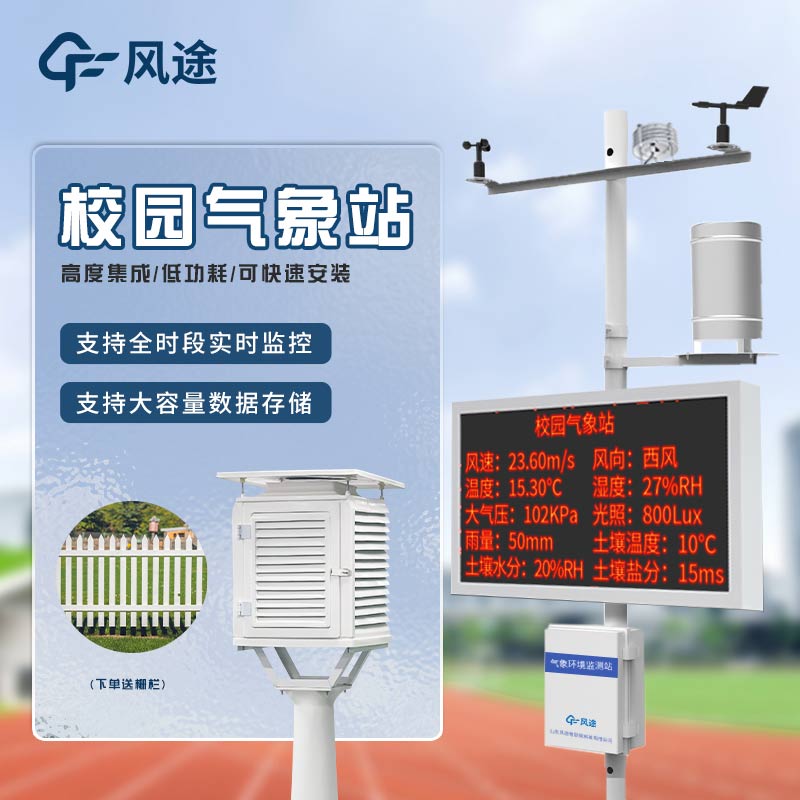Meteorological environment monitoring equipment supplier
Insist on doing high-precision customer favorite technology products
Clouds come in all shapes and sizes.
They tell us the secrets of the weather.
Don't watch TV when it's thundering.
Safety comes first. Keep that in mind.
Look at the clouds to predict the weather.
Stay away from electrical appliances.
Simple knowledge, learnt in life.
Scientific reasoning, happy growth.
China's primary and secondary school geography curriculum has always included meteorological science, but did not form a complete education system. A meteorological expert has also said that he only really learnt meteorological knowledge systematically in the university. If primary and secondary school students can be exposed to meteorological science earlier, their awareness of disaster prevention and mitigation will certainly be enhanced. Therefore, the popularisation of meteorological science in schools is extremely necessary and beneficial to primary and secondary school students.
Popularisation of meteorological science is very important to the whole society, especially primary and secondary school students. Campus weather station is an excellent platform and an important tool for popularisation of meteorology education, which is of great significance in enhancing students' meteorological awareness and scientific literacy.
The core components of the school weather station designed by Fengtu Technology include solar radiation sensors, wind speed and direction sensors, multi-element louvre boxes and cameras.
The station is also equipped with a power supply system, an optional LED display, a waterproof case and a sturdy stand to ensure stable operation and accurate data collection.
The Campus Weather Station is equipped with a variety of monitoring functions, which can detect a wide range of meteorological and environmental factors such as carbon dioxide concentration, air temperature and humidity, light intensity, PM2.5 and PM10 particulate matter, atmospheric pressure, wind speed and wind direction. Schools have the flexibility to choose and mix and match monitoring elements to suit their campus environment and students' learning needs, and we also offer customised services to meet specific needs.
